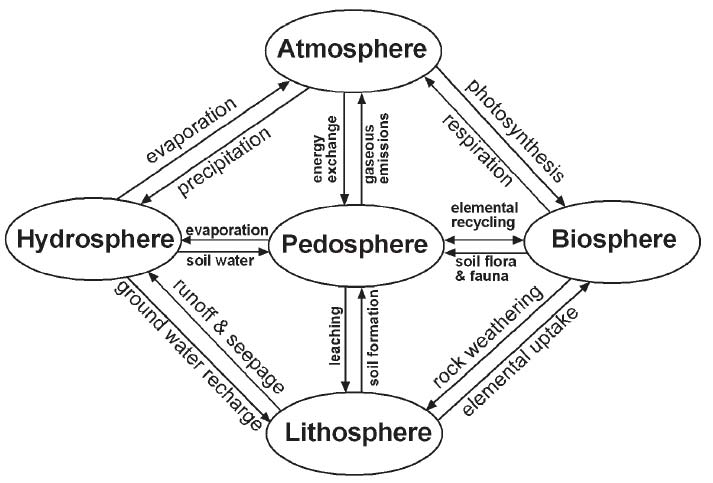Reaching out to the public

- © UNESCO/IYPE
During the Year, there will be a strong focus on public outreach, via contests, events and publications.
The Year will strive to show the exciting side of Earth sciences and underscore the remarkable contribution they make to sustainable socio-economic development.
One of UNESCO's windows to the public is its Global Network of National Geoparks. Comprised of 53 geoparks in 17 countries, the network strives to develop geotourism and high-quality local geoproducts for the benefit of the local economy. Each geopark proposes a strong educational component to help visitors understand the evolution of their local landscape.
The first-ever International Summer School on Geoparks was organized on the island of Lesvos in Greece in September 2007, under the aegis of UNESCO. Some 30 graduate students, doctoral candidates and geopark managers participated in the school, the theme of which was Geopark Management and Geotourism. It is planned to establish an annual international school for graduates at the same location.
UNESCO is also producing publications for the general public on themes related to the Year. One of these is Explaining the Earth, a richly illustrated book which describes basic aspects of the Earth sciences in languages teenagers can understand (see below).
A second publication entitled Geoparks: Celebrating Earth heritage - Sustaining local Communities is due out in 2008. It will give an overview of the level of natural heritage protection and management of the 32 geoparks located in Europe.
UNESCO is also reaching out to the public via its quarterly journal, A World of Science. Australian palaeontologist Patricia Vickers-Rich is the author of the story in the October 2007 issue of the journal of how life evolved on Earth. This fascinating tale encompasses the findings of an ongoing research project involving Prof. Vickers-Rich and others which is sponsored by UNESCO and the IUGS within the International Geoscience programme.
Go to the story on The Rise of Animals. More
- Source:UNESCO SC
- 05-02-2008

